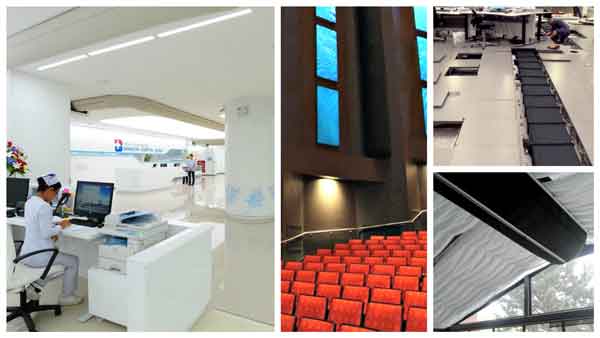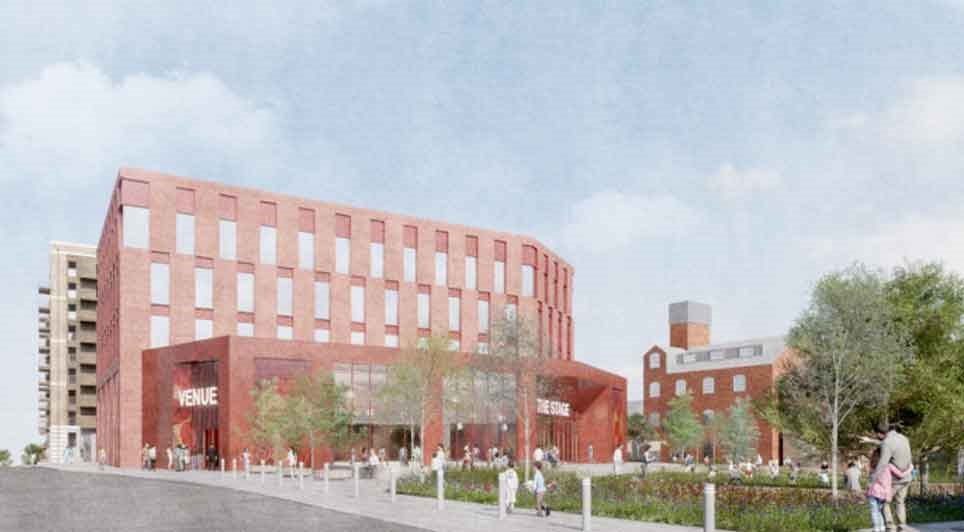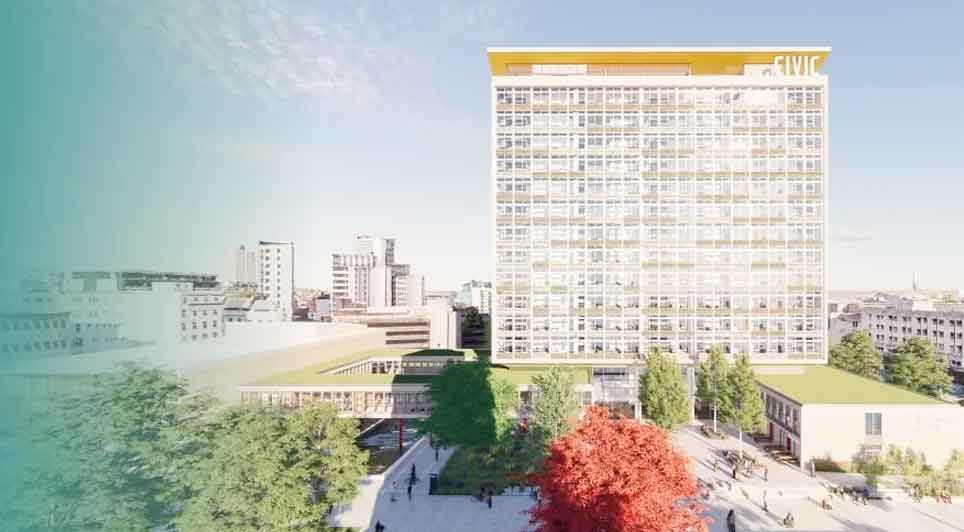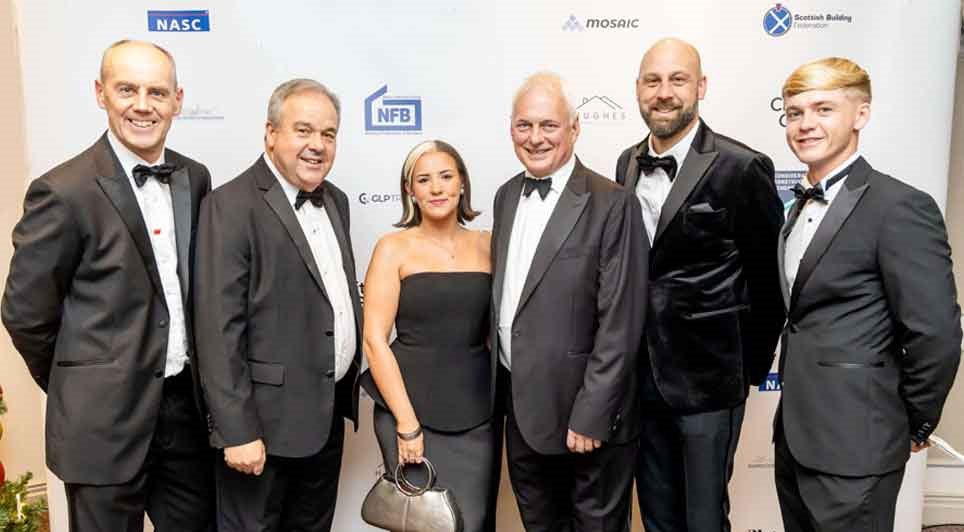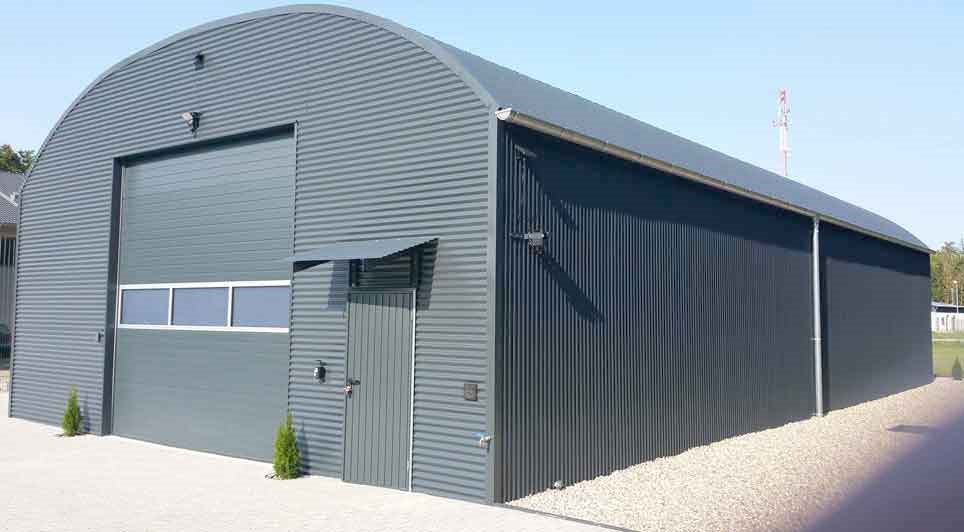Fabric ducting differs from metal solutions in that they have acoustic absorption properties and do not transmit sound. This is important, as it reduces sound reverberation, by hindering the sound reflecting back into the space from the duct surface.
The acoustic environment is influenced by many factors including the geometry and volume of the space; transmission, reflection and sound absorption capabilities of the materials used and surfaces inside and surrounding the space; and airborne and structure-borne sound transmission. Unwanted sounds and noise pollution can have a negative impact on health and wellbeing of the occupants, as well as on their communication and productivity. This is why minimising the noise contribution from the ventilation solution is important.
Acoustic design includes control of sound transmission as well as sound absorption. The ventilation solution is just one factor, but when properly designed fabric ducts can be a positive acoustic element as well as provide a pleasant indoor climate in terms of draft-free, virtually silent air dispersion.
The fabric fibers are a so-called porous absorbent that absorbs the sounds by turning sound waves into heat energy. This happens as the fibers are forced to bend by the sound waves. In comfort applications the acoustic properties of fabric ducting are thus highly relevant. Sound absorption reduces reverberation time, which increases conversation privacy, makes speech more intelligible and can help reduce the general noise level in the space. This leads to a greater level of occupant comfort. The virtually silent nature of the technology means that the fabric duct system doesn’t transmit noise.
Please click here for further information.
 UK
UK Ireland
Ireland Scotland
Scotland London
London

